KGKT Build: Introduction – The SG-43’s Hungarian cousin
A little while ago I bought a little cheap kit on a whim from Bowman Arms. It came with a live barrel and a nicely cut milled receiver so I thought to myself “why the hell not?”.
However, life events came up and blocked me from building the little sucker, but after moving and becoming a father I can finally get back to doing the thing I love: building firearms.
The KGKT is a Hungarian belt fed tanker machine gun that was designed to be vehicle mounted, particularly on tanks. The firearm is an open bolt medium machine gun chambered in the Russian 7.62x54R cartridge and was designed to feed from Maxim/SG43 belts. Because the PKM uses the same style of non-disintegrating belts, the KGKT can also feed using the PKM belts.
In the early 1960s, the Hungarian army found themselves in need of a general-purpose machine gun. They needed something that was man portable that could be used by an individual or mounted on a post. To accomplish this, the Hungarians developed the Korszerü Gorjunov Kolosnyiko or KGK.
As the Hungarian name implies, the KGK is a “Korszerü Gorjunov” or “Modernized Goryunov”. For those who do not know, Goryunov is the Russian arms designer who made the SG-43, a Russian wheel mounted machine gun used during World War II. The SG43 was designed to replace the water-cooled Maxims that were the primary machine gun being used at the time as the Maxim was outdated, and the Germans superior air-cooled MG42 machine gun proved to be a real threat to the Soviets. To counter this, Goryunov designed a carriage mounted, air-cooled machine gun with a quick-change barrel system. However, they were still not truly man portable, as they were carriage drawn and used spade style grips. Later, the SGMT was developed for mounting on tanks and vehicles and utilized a solenoid to operate the firearm from within a tank.
The Hungarian KGK is an almost identical copy of the Soviet SG-43 except that it was designed to be man portable. They added a butt-stock, pistol grip and a conventional trigger mechanism, which was all patterned off the Soviet RPD light machine gun.
In addition to these changes, they also moved the charging handle from the bottom to the side, and changed the barrel change mechanism.
The SG-43 uses a wedge barrel lock and grooves cut on the barrel that interface with the locking piece to hold it in place. The KGK instead uses a removable barrel pin, and a pin hole drilled on the barrel to retain it in place. The KGK also has the grooves cut out on the top of the barrels, and can use a barrel wedge like the SG-43. The KGK barrels can be installed on an SG-43 and the groves used to retain the barrel into place.
However, the KGK barrel pin release is a much faster mechanism for a machine gun barrel change. All you have to do is lift a lever, rotate it, and then pull the pin out to unlock the barrel. The barrel can then be pulled out from the front.
All the internals of the KGK are identical to the SG, and can be interchanged, including the barrels. An SG-43 barrel would need to be cut for a barrel pin if used on a KGK however.

The Ammo Channel (Junker’s) KGKT re-weld. He has a good tutorial on his YouTube doing this build using machine tools. I will be using hand tools for my build
In the same way the soviets developed the SGMT as a tanker version of the SG, the Hungarians did the same with their KGK, and developed the KGKT as a vehicle mounted machine gun. Like the SGMT, the KGKT uses a solenoid to activate the firing mechanism and sports a manual trigger in the rear, but does not have spade grips to hold on to while pressing in the manual trigger.
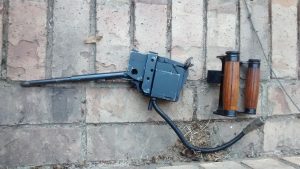
KGKT solenoid firing mechanism on the left. Modified SG-43 spade grips on the right with the firing mechanism removed.
Due to this, the KGKT is almost identical to the SG-43 and SGMT in both function and appearances, except that they do not have the spade grips and still utilize a barrel pin change mechanism rather than the wedge system of the SG machine guns. However, like some versions of the SGMT, the KGKT doesn’t have a front sight or a rear sight leaf. The KGKT also has mounting points in the same location as the SG-43, allowing it to be mounted on an SG-43 carriage. You could make an SG-43 clone of sorts with a KGKT kit by installing spade grips to the rear and installing a front sight to the barrel. SG-43 front sights are fairly easy to cannibalize off of demilled barrel imports.
Due to the location of the firing pin and bolt in the closed position, Goryunov style machine guns cannot be converted to semi-automatic using conventional means. That being said, the process to convert Goryunov style machine guns into a legal semi auto is not terribly complex, it’s just not intuitive. The length of the receiver doesn’t allow for a striker assembly to be effectively installed, but a box mechanism can be installed onto the side of the firearm and activated using a trigger bar back to the original manual trigger mechanism.
For this build, I will be using a Remington 870 trigger pack, as they are low profile and I should be able to fairly easily weld together a retaining box for it using scrap metal. The trigger packs can be had for around $30-40, so they are pretty cheap. Zasta has some plans laid out for the 870 trigger pack conversion so I’ll be using his design details. To convert to closed bolt, the top of the bolt carrier where the bolt cams on will be ground down to allow a full firing pin to be inserted through the bolt. The bolt itself is already drilled for a firing pin, so unlike many open bolt to closed bolt conversions, this one has the hard work already done for us. All we must do is create a new firing pin, which can be done by welding on an extension to the original firing pin if needed.
Since the Bowman KGKT kits already come with live barrels, the semi-automatic conversion will just need the Bowman kit with the barrel, the Remington 870 trigger pack, scrap metal for the trigger pack, scrap metal for the semi-auto denial bars, and a custom-made firing pin or an extension to weld onto the original firing pin.
The build process will be as follows:
- Weld up the receiver and weld in the denial bars as necessary.
- Cut the bolt for the denial bar, grind bolt carrier camming section for firing pin clearance
- Make a longer firing pin or weld an extension to the original firing pin
- Weld up or fabricate a retaining box for the 870 trigger pack.
- Locate the best position for the trigger pack to mount onto the side of the receiver
- Drill/cut the receiver for the hammer clearance into the receiver to hit the firing pin
- Drill and tap the receiver to retain the trigger box
- Connect the trigger using a bar or wire to the manual rear trigger
- Remove the solenoid mechanism and the auto-sear from the carrier guide.
That completes part 1 of the KGKT build tutorial. Next time I’ll start doing prepping and welding of the receiver. See you all in the next installment.
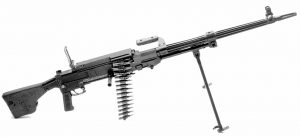
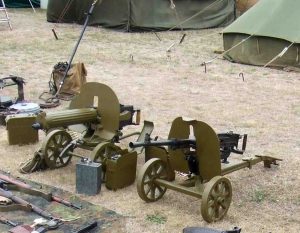
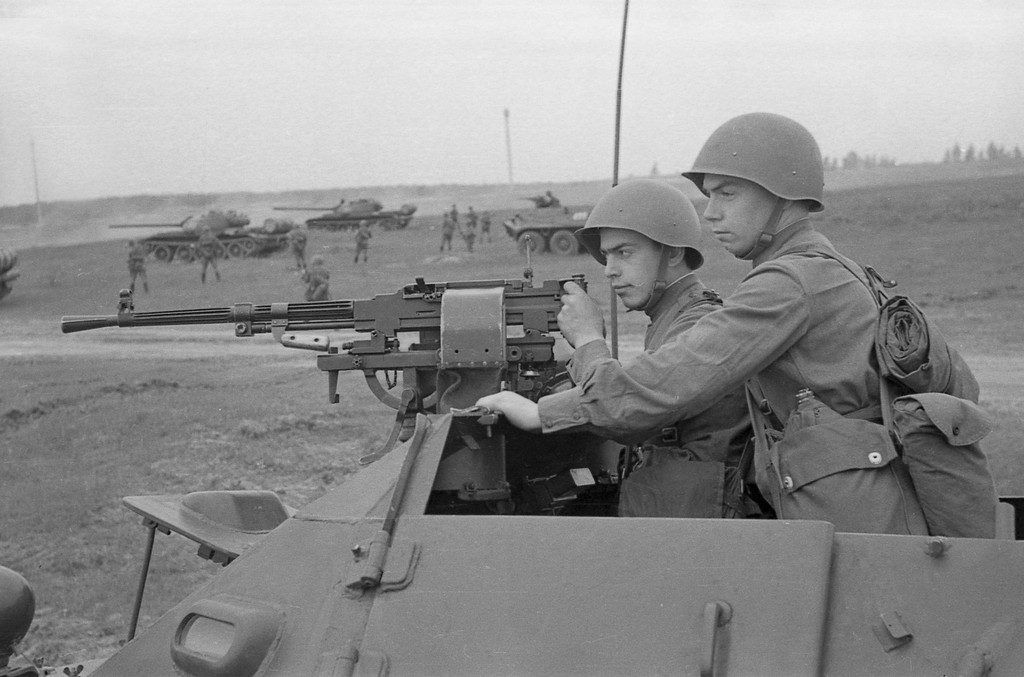
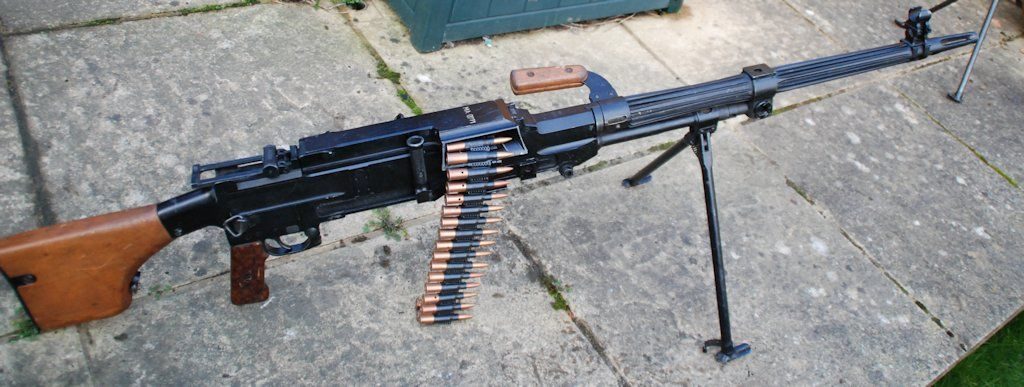

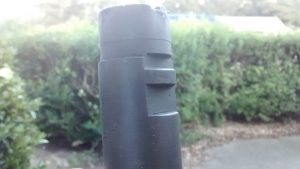
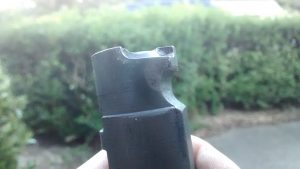
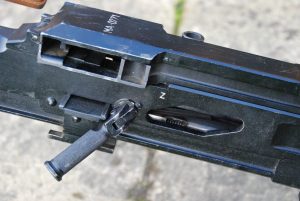
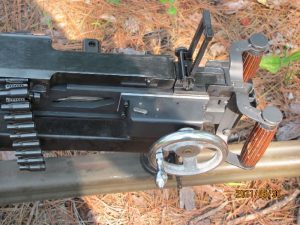
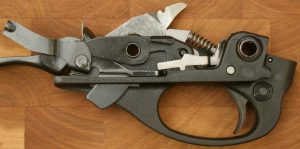
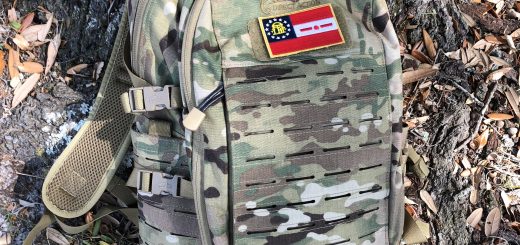
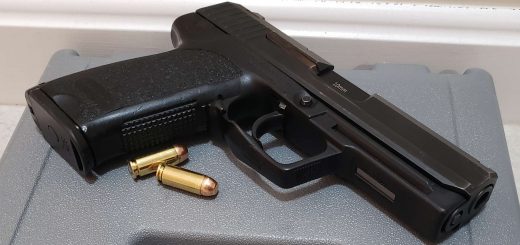
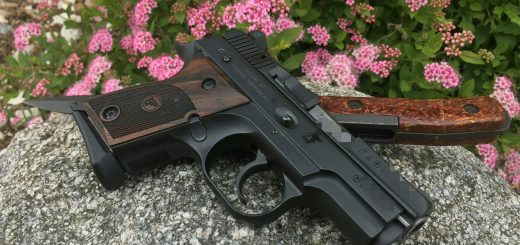
I still don’t understand why one would go with the 870 trigger. Primarily for looks? Are you going to adapt a crank? I’ve been wondering is a binary trigger of some sort would be compatible.
The main problem with the AR trigger group is that it adds on a HUGE ugly box to the side of the receiver. You can see just how massive it is in retrospect to the receiver in this picture here (https://i.imgur.com/TU8SdeK.jpg). So the idea is to make as slim and low profile as possible a trigger box system without any custom machining, and the idea is to use the 870 trigger group
Do you SGMT43 conversions to semi auto? Would use it mainly for military display. Just want it legal.
Part 2 when